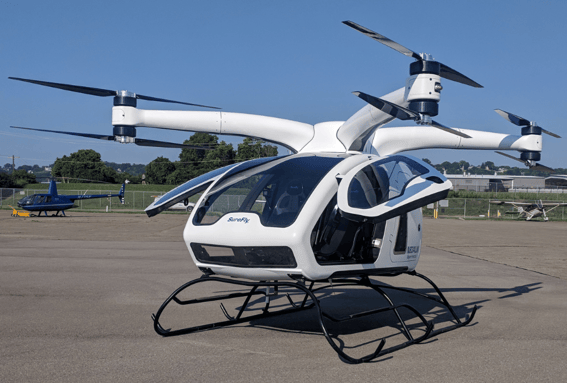Adopting Sustainability Practices Today Creates a Healthier Tomorrow
Carbon Emissions and Carriers – May 2021
Carbon emissions are the topic of conversation in governmental, environmental, and societal circles, but with greater awareness and concern with regards to climate change, airliners especially are in the hot seat to find ways to curb their carbon output.

The Carbon Offsetting and Reduction Scheme for International Aviation (CORSIA) was established by the United Nations’ International Civil Aviation Organization in 2016 to mitigate emissions for the airline industry, namely for international air travel. According to an International Panel on Climate Change report, aviation accounts for approximately two percent of global carbon emissions, which is also compounded by the chemical reactions that take place at high altitudes.
Carbon Neutral Goals
While the aviation industry was aiming for carbon-neutral growth from 2020, with CORSIA capping the carbon emissions of international flights at the average of 2019-2020 emissions, the COVID-19 epidemic has skewed these numbers dramatically lower with flights grounded worldwide. While the rules remain in effect despite the pandemic, the shift in the baseline will either increase how many carbon offsets airlines have to purchase or lead to an effort to change the baseline.

Greenhouse gasses (GHG) includes carbon dioxide, water vapor, methane, ozone, nitrous oxide and fluorinated gasses. All of these molecules absorb heat in our atmosphere.
Fix the Fleet
As airliner traffic begins to slowly resume in 2021, decisions made by stakeholders in the industry are weighing their options in how best to remain carbon-neutral, and one key element that drives carbon emissions is fuel.
Aviation transportation accounts for 2.5% of all GHG emissions, and it’s only on the rise. To put this in perspective, a 747 burns approximately 5 gallons of fuel per mile. A flight from Dallas/Ft. Worth to Rome is about 5,000 miles and that flight could hold up to 500 passengers. A good calculation to figure out how much carbon dioxide is emitted from this example flight would average around 53 pounds per mile or 265,000 pounds of CO2 – with just that one flight. That weight in CO2 is equivalent to 3 EMPTY 737’s!

To offset these known consumption rates, airliners need to think about how to reduce the weight on their aircraft so airliners can burn less fuel and therefore, improve their carbon footprint.
Carbon Emissions
Upgrading airliner fleets with new lightweight technologies will be a critical investment in this global initiative. HX5™ was brought to market to combat this global crisis and provide a technology-forward solution that will have lasting impacts for future generations.

Airliners are currently using heavy metal components that contribute to additional weight, excessive fuel burn, and carbon credit offset expenses. Machining metal parts also require long lead times to produce in volume, affecting the overall supply chain, not to mention the metal parts susceptibility to corrosion and metal fatigue requiring downtime in repairs and additional financial investments to repair or replace.
HX5 is the alternative solution that is made to withstand wear-and-tear and corrosion. At an average of 93% the strength and 50% the weight of 6061-T6 aluminum parts made from HX5 have shorter lead times and are faster to produce than machined metal parts making HX5 well-positioned to move these sustainability initiatives forward. By incorporating smarter part design with mechanically superior performance, HX5 can even help reduce the part count on airliners reducing MRO costs and assembly time.

Lightweighting to Improve Carbon Emissions
More and more companies are pledging to combat climate change by reducing their own greenhouse-gas emissions. One way to accomplish this is through the purchase of carbon credits. As efforts to decarbonize impact the global economy, demand for voluntary carbon credits will continue to increase in years to come. Soon will be the days where organizations are no longer using climate change as a PR tactic, but a required organizational framework for their customers and investors.

For more information on how Alpine Advanced Materials can help you lightweight, visit our HX5 page and download our collateral materials.






